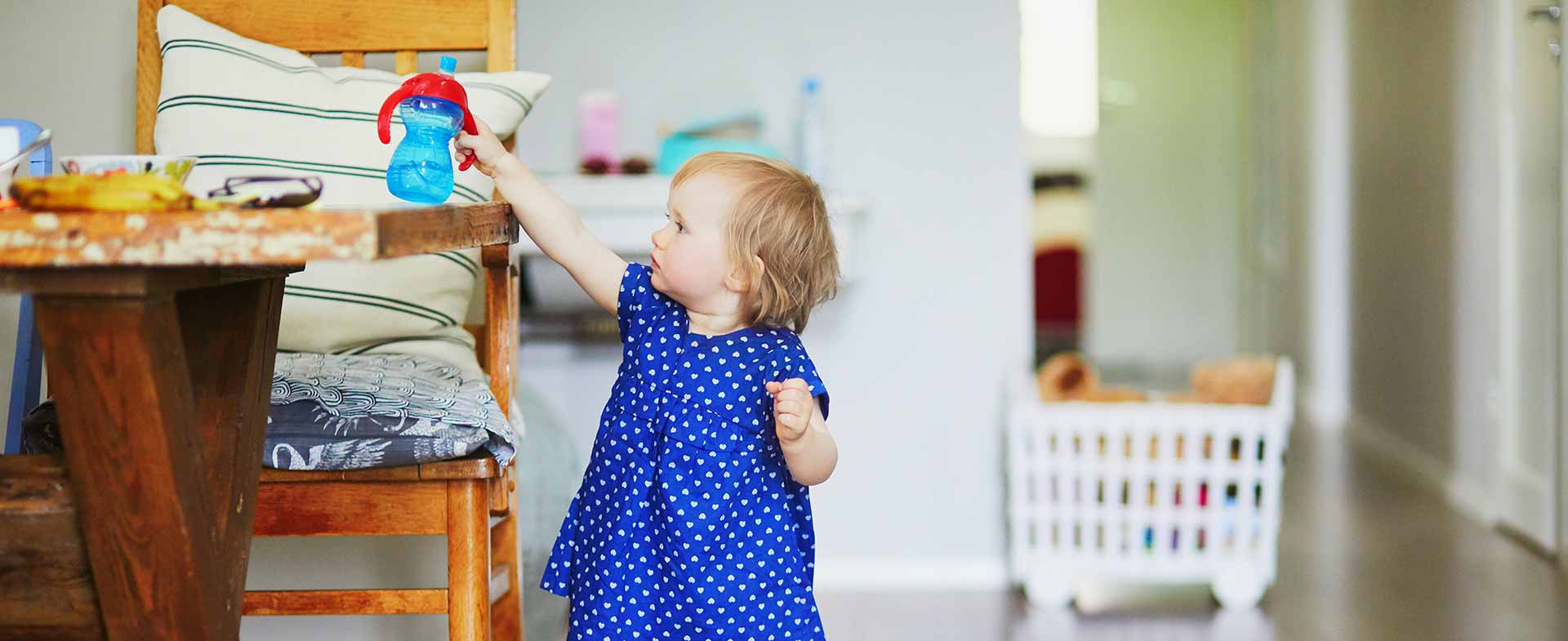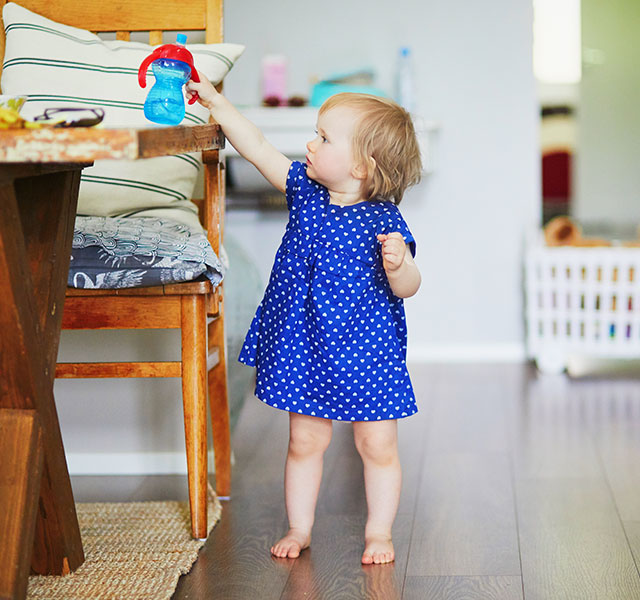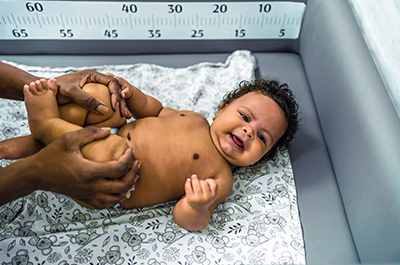Whether you're trying to break your baby from a bottle, breast or pacifier, weaning can be challenging, even for easygoing parents.
"Weaning describes the process of removing something a child has become dependent on," explains Mollie Blanchard-Brown, M.D., a pediatrician at Henry Ford Health. "It could be a pacifier, nursing or bottle feeding, or even a blanket."
Weaning Basics
Unfortunately, there's no one-size-fits-all approach to weaning. The process can be slow and painstaking, or it can happen all at once almost seamlessly.
"Every child is unique. What works for one child, even within the same family, may not work for another," Dr. Blanchard-Brown says. "I advise parents to base their weaning plans on the child, not necessarily the object or the activity."
Still, pediatricians and health authorities provide loose guidelines for how and when parents should begin the weaning process. That advice often begins with giving the child some allowances. "So instead of taking away bottles altogether, you might start slow by allowing your child to have the bottle only at dinner time," Dr. Blanchard-Brown suggests.
Smart Strategies For Weaning
Weaning is no easy task, and in most cases, parents have to allow some concessions. Most kids seek more soothing at bedtime when they’re alone, so having something to go to bed with provides a certain level of comfort.
"If you're removing something that soothes your baby at bedtime, it's a good idea to bring in something else to comfort them," Dr. Blanchard-Brown says. The ultimate goal is to help them learn to soothe themselves. Here's how weaning advice breaks down according to baby's most comforting objects and activities:
- Bottle. It's important to break your baby from the bottle between 1 and 2 years of age. Toddlers who drink from a bottle for too long tend to get more milk than they need, which can reduce their appetite and impact the nutrients they get from solid foods. It can also increase their risk of developing cavities.
How to break the habit: Start early. "Consider introducing your baby to sippy cups between 6 and 9 months of age," Dr. Blanchard-Brown says. "You can start by giving a sippy cup with water at mealtimes." Once your child masters the cup, you can begin using it for milk or formula, and eventually ditch bottles altogether.
- Nursing. The American Academy of Pediatrics recommends that mothers breastfeed for at least one year, if possible. Some mothers love breastfeeding. Others hate it. No matter which camp you fall into, weaning your baby from the breast can be difficult. The good news: Once your baby hits 9 months old, breastmilk should not be their primary nutrition source. So nursing will decrease naturally as your baby gets older.
How to break the habit: Only you can determine when it's time to wean your baby off the breast entirely. When you do, consider gradually reducing feedings over a two- to three-week period. Not only will a slow approach to weaning help your body adjust to changes in milk production, but it will help your baby get used to feeding from a cup or bottle. "Nursing provides a lot of physical closeness for both you and your baby," Dr. Blanchard-Brown says. "So, when you're ready to wean, add in more hugs and other forms of touch, so you can still provide that comfort."
- Binkies. There's some evidence to suggest that a binkie or pacifier protects against sudden infant death syndrome (SIDS) during the first year of life. But prolonged use can be problematic for your child's teeth, bite and general well-being.
How to break the habit: Dr. Blanchard-Brown recommends ditching the binkie by age 2 or 3, but certainly before adult teeth come in. "If you add a blanket or stuffed animal when you remove the pacifier, it can make the process go more smoothly," she says. Wait until preschool and sometimes you'll find that the weaning you've tried so hard to do at home resolves on its own.
Objects And Activities You Don't Need To Wean
If you're weaning your child from a comfort object or activity, prepare yourself for some struggle. A little pushback doesn't mean your child isn't ready for weaning, but it may mean that you should take it more slowly.
"Don't implement negative associations around weaning, be cautious about weaning around big life events, and once you decide to wean, try to be consistent," Dr. Blanchard-Brown says.
When you or your child grow frustrated by weaning, keep in mind that there are plenty of comfort items and activities that don't require weaning. During childhood, we all learn how to soothe ourselves. We discover objects and activities that help reduce our anxieties.
A few favorites for adults and kids alike:
- Blankets
- Stuffed animals
- Coloring
- Reading
- A warm bath
- Music
To find a pediatrician at Henry Ford, visit henryford.com or call 1-800-436-7936.
Dr. Mollie Blanchard-Brown is a pediatrician who sees patients at Henry Ford Medical Center - Bloomfield Township.



